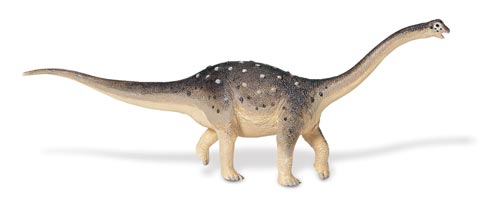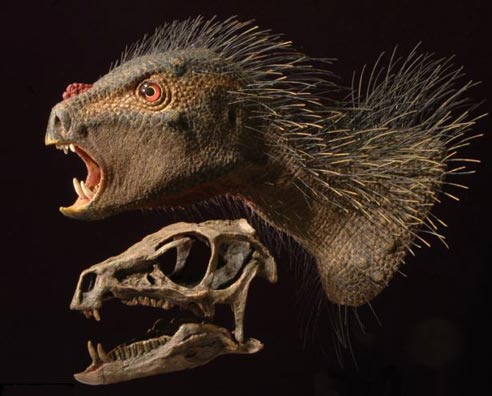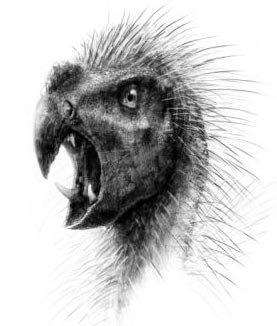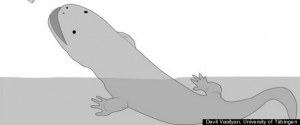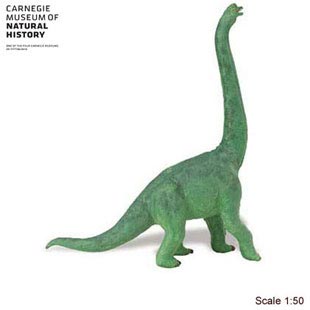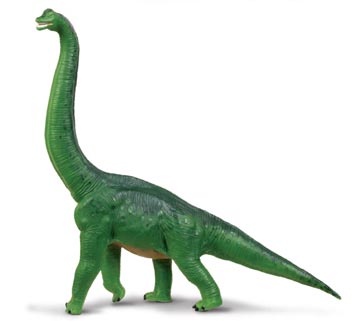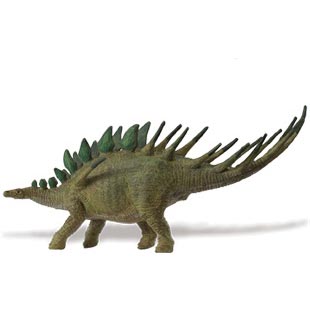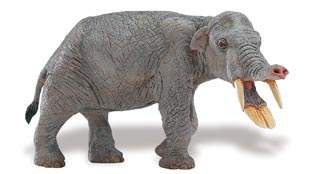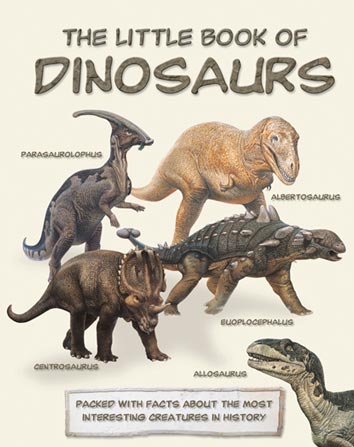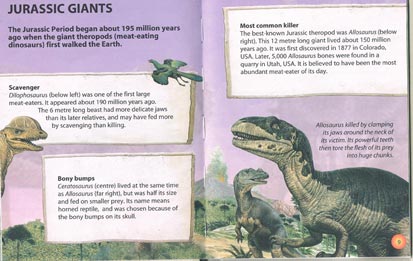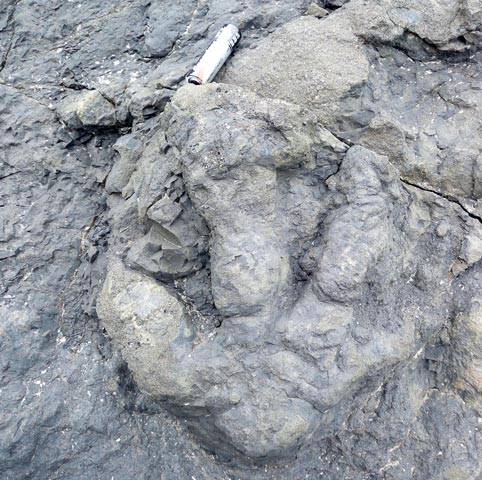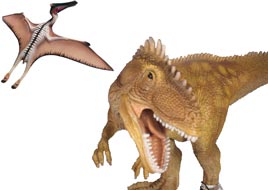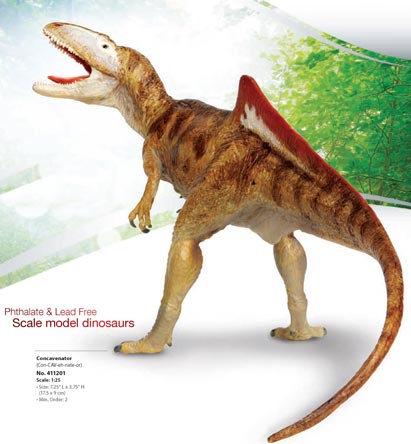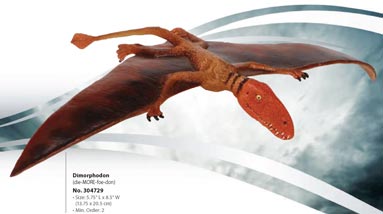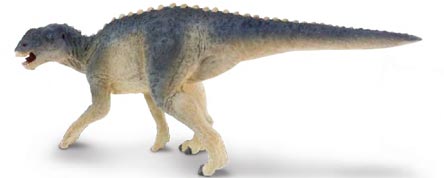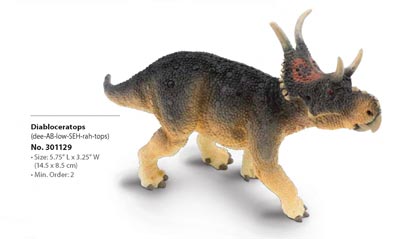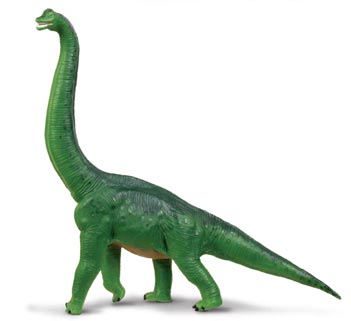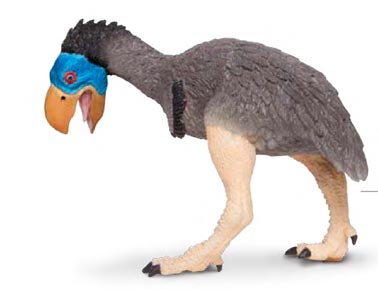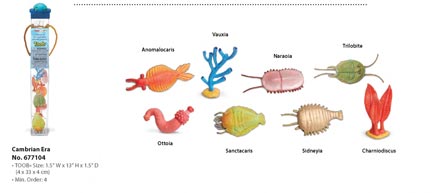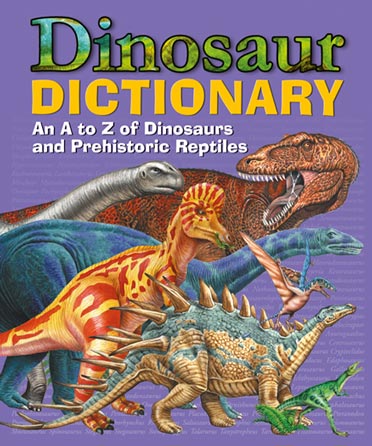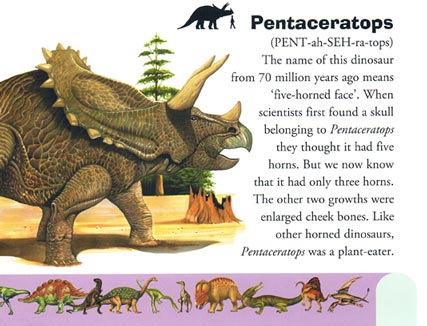A Review of the Carnegie Collectibles Saltasaurus
Saltasaurus Dinosaur Model Reviewed
It is always intriguing to see how model manufacturers interpret fossil evidence of long-necked dinosaurs, especially the titanosaurs as there is considerable debate regarding how these huge herbivores looked. For example, many of these quadrupeds may have been covered in armour, but to what degree is a hot topic amongst palaeontologists. Safari Ltd, the American replica and figure manufacturer have created a number of replicas of long-necked dinosaurs and the titanosaurs are represented by a 1:35 scale model of the South American dinosaur known as Saltasaurus (Saltasaurus loricatus).
Saltasaurus Dinosaur Model
The Carnegie Collectibles Saltasaurus Dinosaur Model
Picture credit: Everything Dinosaur
Saltasaurus fossils, the name means reptile from Salta Province (Argentina), were first unearthed in the early part of the 20th Century. A number of bony plates and scales were discovered and these were thought to be the armour plating on an ankylosaur-like, armoured dinosaur. However, it is now known that these bony plates, known as scutes were actually from an armoured, long-necked dinosaur. In the late 1970s, six partial skeletons were excavated and it was confirmed that the fossil remains represented a large, long necked dinosaur that had body armour. titanosaurs are regarded as advanced members of the Sauropoda clade of dinosaurs. Titanosaurs such as Saltasaurus are distinguished from the likes of the Jurassic Apatosaurus and Diplodocus by having extensive body armour, a much reduced or no thumb claw and proportionately wider hips.
Described in 1980
Described in 1980 by the Argentinian palaeontologist José Bonaparte and his colleague Jaime Powell, Saltasaurus was a relatively small, plant-eating dinosaur of the Late Cretaceous. It gets its name from a region in north-western Argentina, where fossils of this animal had been found. Measuring around twelve metres in length and weighing something like eight metric tonnes, this dinosaur was not as big as other South American titanosaurs that lived in the Early Cretaceous.
The Carnegie Collectibles Saltasaurus shows the dermal armour that this dinosaur had to good effect. The back and the flanks are covered with large, round bumps that give the impression of body armour, the skin texture has a roughened appearance and individual scales can be made out on the model. This dinosaur is posed with its left front foot and its left hind foot just touching the ground as if this animal is moving relatively quickly. Fossilised dinosaur footprints found in Salta Province which have been ascribed to Saltasaurus, show that this animal may have lived in herds and would have been able to move more quickly than Jurassic diplodocids, although it was still relatively slow, perhaps moving at a maximum speed of eight kilometres per hour.
To view Everything Dinosaur’s range of Carnegie Collectibles and other dinosaur models: Wild Safari Dinosaur and Prehistoric Animal Models.
The markings around the eye are quite distinct, a series of black spots under the eye and a grey patch. Scientists believe that these type of dinosaurs may have had brightly coloured heads which were used to display to other members of the herd. There is also a hint of a small throat pouch on the model. The tail is held out behind the animal in a more modern anatomical interpretation of titanosaur posture.
This Saltasaurus model measures twenty-six and a half centimetres in length and based on a size estimate of twelve metres, the scale of the replica is more like 1:45 rather than the stated 1:35. Nevertheless, this is an excellent titanosaur replica and an interesting member of the Carnegie Collectibles dinosaur model range.


